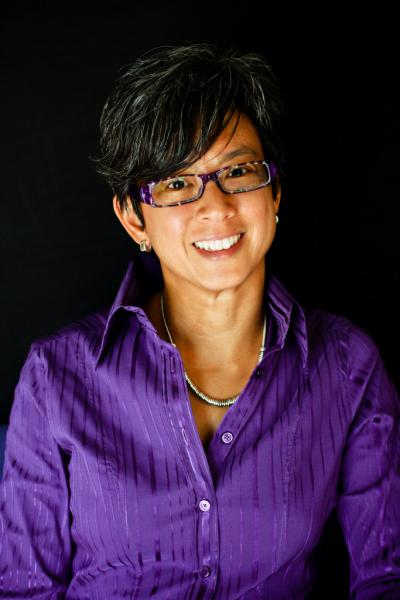Welcome to the home page for the Wireline Competition Bureau's (WCB) cost model virtual workshop, through which the Bureau is soliciting input from the public on Connect America Fund (Connect America) Phase II cost model design and inputs. A notice announcing this virtual workshop was released on September 12, 2012.
The virtual workshop will take place over a period of weeks sufficient to allow public input on all material issues. Discussion on multiple related topics will be facilitated through the various subject matter-specific discussion forums listed below. The Bureau will announce which topics will be discussed in which timeframes by Public Notice and on this page.
If you would like to make longer posts, we encourage you to place them in the Commission’s public comment site (ECFS) as an ex parte and place a summary of the post with the relevant URL in the forum. Similarly, if you would like to include an attachment to a post, include the URL for the attachment in your post. To ensure security, the forums will not support live links or attachments. ECFS can be reached here.
At the close of the virtual workshop, an electronic copy of all posts will be placed in the official record of the relevant dockets, much as a transcript of a hearing would be placed in the record.
If you have any questions about the format or operation of the virtual workshop or have any difficulties accessing any of the subject matter forums, please contact Katie King at 202-418-1500, katie.king@fcc.gov.
Comment Guidelines
Comments are moderated for conformity to the following guidelines:
Read more »







